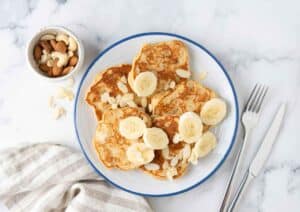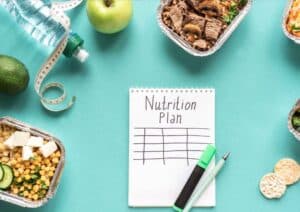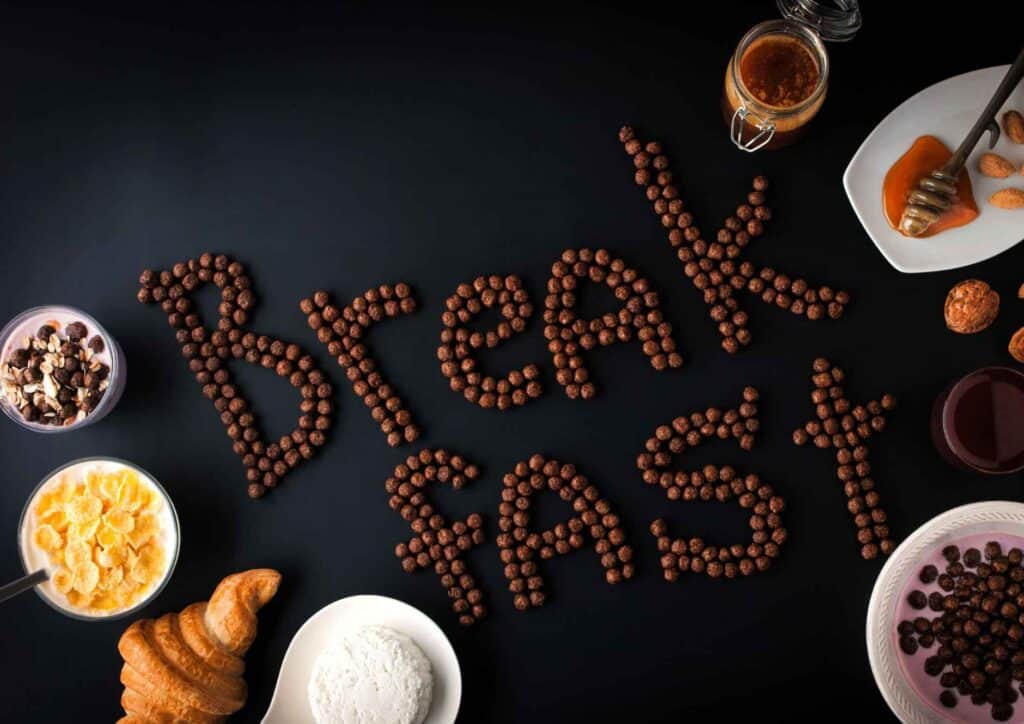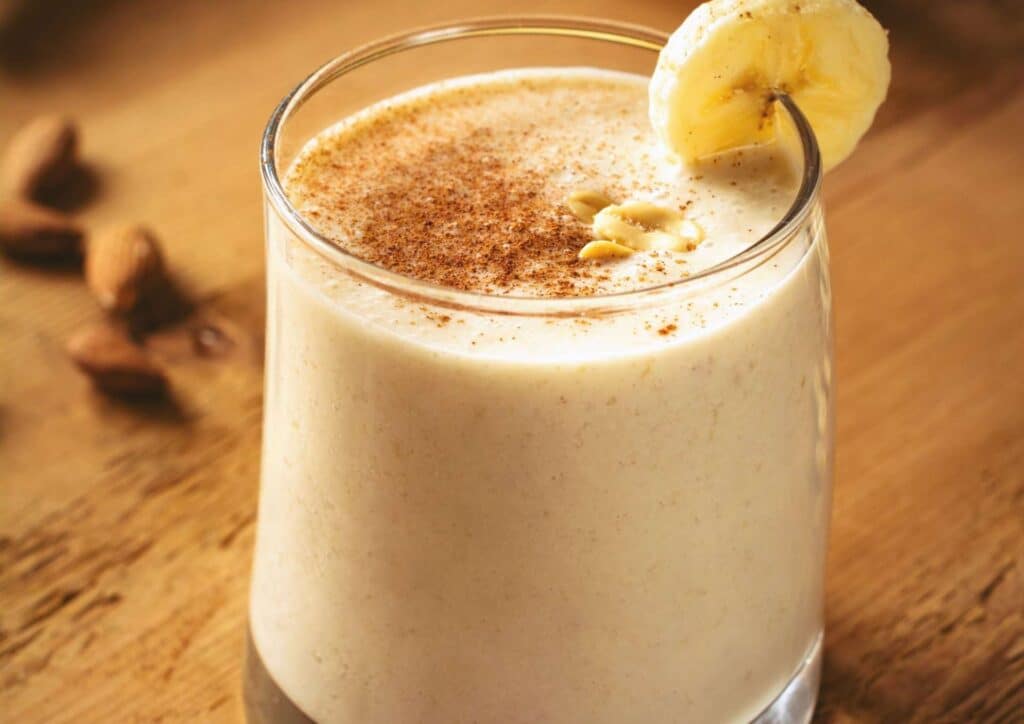What Is The Perfect Diet?
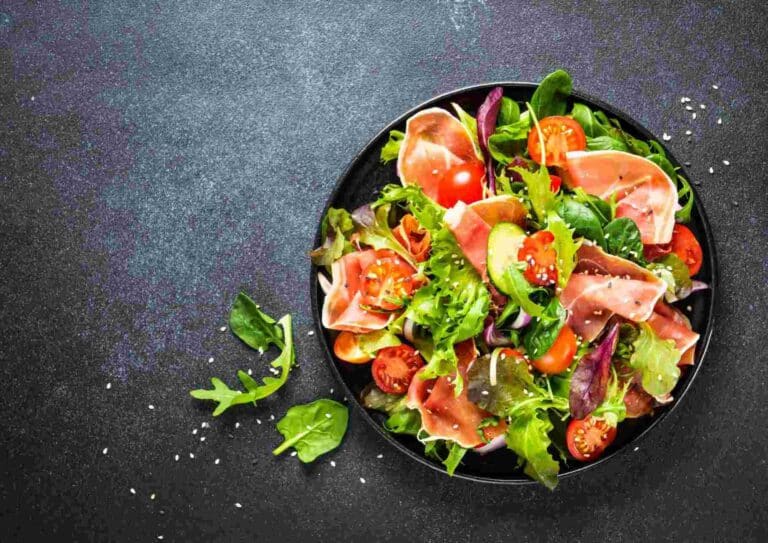
What is the perfect diet? When it comes to health, energy, longevity, and weight management, one question that frequently arises is, What really is the perfect diet? This question is often asked by those who are looking for a structured, clear answer in a world filled with ever-changing health trends and contradictory advice.
As an accredited clinical nutritionist, Jake Biggs has seen firsthand how people struggle to find the ideal diet plan for their specific needs. The truth is, the perfect diet isn’t one-size-fits-all—it is an individualised approach that reflects the unique characteristics of each person.
In this educational post, Jake delves into what the perfect diet truly means, how it varies from person to person, and the essential principles behind building a diet that optimises health, supports longevity, and enhances quality of life.
Your complete guide to what is the perfect diet! What you will learn:

What Does "Perfect" Really Mean?
When exploring what is the perfect diet, it’s important to understand that the idea is highly individual. What feels perfect for one person might be unrealistic, unsatisfying, or unsustainable for someone else. In the context of nutrition, the term perfect diet doesn’t refer to a strict or flawless eating pattern. Instead, it represents a balanced and holistic approach that supports health, nourishment, and long-term wellbeing.
So, what is the perfect diet in practical terms? It is a way of eating that promotes optimal health without leaving you feeling restricted or deprived. It includes a wide variety of nutrients—vitamins, minerals, and macronutrients—that your body needs to function at its best. At the same time, it’s flexible enough to reflect your individual lifestyle, cultural background, personal preferences, and daily demands.
The perfect diet should support long-term health without relying on extreme rules or exclusions. It should be nourishing, energising, and easy to maintain. It should empower you to stay focused and energised, promote sustainable weight management if that is your goal, and most importantly, it should fit comfortably within your life—your budget, schedule, and the foods you enjoy.

Bio-Individuality: The Core of the Perfect Diet
When considering what is the perfect diet, one of the most important concepts to understand is bio-individuality. This principle recognises that no two people are the same—biologically, genetically, or physiologically. Each individual has unique nutritional needs shaped by their genetics, lifestyle, medical history, and even their environment. As such, the perfect diet is never a one-size-fits-all solution.
For example, someone with insulin resistance may benefit from a low-glycaemic, higher-protein eating pattern, while another person might thrive on a plant-based, fibre-rich approach. What works well for one person may be ineffective—or even harmful—for another. Understanding what is the perfect diet for you depends on a variety of key factors, including:
Genetics: Your genetic makeup can influence how your body metabolises nutrients, your response to carbohydrates, fats, and proteins, and your risk for chronic diseases.
Lifestyle: Daily routines, physical activity levels, sleep quality, and stress all affect your body’s nutritional requirements.
Health Conditions: Conditions such as diabetes, hypertension, gut disorders, and cardiovascular disease require targeted dietary strategies to manage symptoms and prevent complications.
Goals: Whether the aim is to lose weight, build muscle, increase energy, or improve overall health, the perfect diet should reflect and support these individual objectives.
Jake Biggs strongly advocates for a personalised, evidence-based approach to nutrition. He emphasises that discovering what is the perfect diet involves aligning your eating habits with your unique biology and lifestyle, so that it supports not just physical health, but emotional wellbeing and long-term sustainability.

The Four Pillars of a Balanced Diet
To answer the question of what is the perfect diet, it’s important to first understand the foundational components that make up a well-rounded, nourishing eating pattern. A truly balanced diet supports the body’s daily functioning, energy needs, and long-term health by including four essential pillars:
1. Protein
Protein is a cornerstone of a healthy diet and plays a vital role in muscle repair, immune defence, hormone production, and overall cell health. It also helps promote satiety, keeping you fuller for longer and supporting appetite regulation. Quality protein sources include:
Lean meats (such as chicken and turkey)
Fish and seafood
Eggs
Plant-based options (like lentils, tofu, and tempeh)
Dairy products (for those who include them)
2. Carbohydrates
When asking what is the perfect diet, it’s clear that carbohydrates play an essential role—but the type matters. Low-glycaemic index (low-GI) carbohydrates provide slow-releasing energy, helping to regulate blood sugar levels and support sustained energy. They’re also a key source of dietary fibre, which is crucial for digestive health. Examples include:
Whole grains (such as brown rice, quinoa, and oats)
Starchy vegetables (like sweet potatoes and pumpkin)
Legumes (beans, chickpeas, lentils)
3. Healthy Fats
Healthy fats are critical for brain function, hormone balance, and reducing inflammation in the body. Omega-3 fatty acids, in particular, offer significant health benefits and are found in foods such as oily fish, flaxseeds, and walnuts. Other nutritious sources of fat include:
Extra virgin olive oil
Avocados
Coconut oil (in moderation)
4. Micronutrients
Micronutrients—vitamins and minerals—support nearly every function in the body, from bone health and immunity to energy metabolism. A colourful, varied diet rich in fruits, vegetables, whole grains, nuts, and seeds helps ensure an adequate intake of these essential nutrients.
In summary, what is the perfect diet? It’s one that integrates these four key pillars—protein, carbohydrates, healthy fats, and micronutrients—in balanced proportions. By doing so, it provides the fuel your body needs to thrive, enhances daily function, and supports long-term health and wellbeing.

Why Diets Fail: The Psychology of Eating
Another critical aspect of answering what is the perfect diet is recognising the psychological factors that influence eating habits. Many individuals begin diets seeking rapid results, often at the expense of long-term health and emotional wellbeing. These restrictive approaches frequently lead to feelings of deprivation, guilt, and frustration—ultimately resulting in diet fatigue, disordered eating patterns, and a cycle of failure.
Overly rigid diets can trigger unhealthy behaviours such as binge eating, emotional eating, or compulsive overeating. They may also negatively impact metabolism and lead to nutrient deficiencies. From Jake Biggs’ perspective, the perfect diet is one that supports a healthy, positive relationship with food. It must be flexible, enjoyable, and most importantly, sustainable.
A truly sustainable and psychologically sound diet should:
Encourage balanced eating without depriving the body of essential nutrients
Allow for occasional indulgences without guilt or shame
Promote mindful eating habits that build awareness and satisfaction
Empower individuals to feel confident and in control of their food choices
In essence, when asking what is the perfect diet, it’s not just about the nutrients—it’s also about creating a way of eating that supports mental wellbeing, consistency, and a lifelong healthy approach to food.
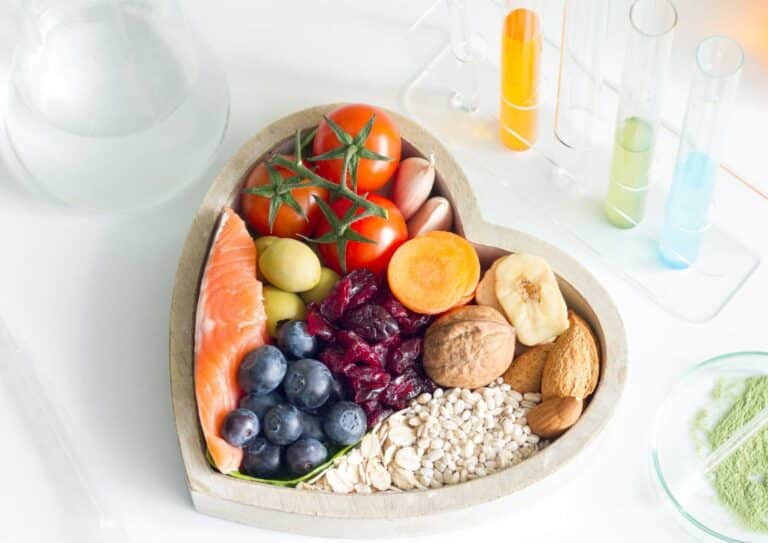
Gut Health and the Perfect Diet
Gut health plays an integral role in overall wellbeing, and any meaningful discussion around what is the perfect diet must include its impact on the gut microbiome. The gut microbiome consists of trillions of microorganisms—primarily bacteria—that play essential roles in digestion, nutrient absorption, immune defence, and even mental health regulation. When the balance of these microbes is disrupted, it can contribute to digestive discomfort, weakened immunity, inflammation, autoimmune conditions, and mood disturbances such as anxiety or low mood.
To support a healthy and diverse microbiome, the perfect diet should be rich in dietary fibre, prebiotics, and probiotics. Fibre acts as fuel for beneficial bacteria and is found abundantly in vegetables, fruits, legumes, nuts, seeds, and whole grains. Prebiotics—specific types of fibre found in foods like garlic, onions, leeks, asparagus, and bananas—promote the growth of good bacteria. Probiotics, found in fermented foods such as sauerkraut, kimchi, kefir, yoghurt, and miso, help introduce and maintain healthy bacterial populations in the gut.
When considering what is the perfect diet, it becomes clear that one which supports gut health can improve digestion, reduce bloating, enhance immune function, and even boost cognitive function and emotional wellbeing. A healthy gut is truly a cornerstone of overall health, making it a fundamental part of any personalised, sustainable dietary approach.
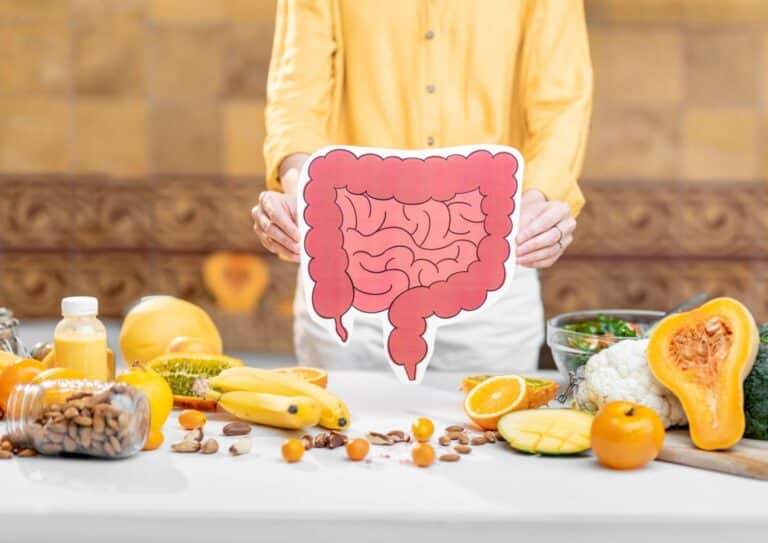
The Role of Protein, Fibre, and Low-GI Carbs
When considering what is the perfect diet, one of the key principles is achieving the right balance of macronutrients—particularly protein, fibre, and low-GI (glycaemic index) carbohydrates. These components work synergistically to stabilise blood sugar levels, support consistent energy throughout the day, and enhance feelings of fullness and satisfaction after meals.
Protein is crucial for muscle repair, immune defence, hormone production, and maintaining lean body mass. Fibre supports healthy digestion, promotes bowel regularity, stabilises blood sugar, and contributes significantly to satiety—making it a valuable tool in sustainable weight management. Low-GI carbohydrates, such as whole grains, legumes, and starchy vegetables, release glucose slowly into the bloodstream, preventing spikes and crashes in energy.
Integrating these macronutrients into everyday meals is a cornerstone of what defines the perfect diet. This approach not only nourishes the body but also helps individuals feel energised, satisfied, and better equipped to meet their health goals.

How to Build the Perfect Plate
When exploring what is the perfect diet, it can be helpful to simplify the process of healthy eating by using an easy-to-follow framework for building meals. One effective strategy that supports balance, nutrition, and sustainability is the 80/20 plate method. This approach visually divides your plate into specific portions of key food groups, helping to create meals that are both nourishing and satisfying—without the need for calorie counting or rigid rules.
Under this method, the foundation of each meal is built on three essential components:
1. 50% of the plate: Non-starchy vegetables
Half of your plate should be dedicated to a wide variety of colourful, fibre-rich, non-starchy vegetables. These include options such as leafy greens (like spinach, kale, rocket), cruciferous vegetables (like broccoli, cauliflower, Brussels sprouts), and other nutrient-dense choices like zucchini, cucumber, tomatoes, and capsicum. These vegetables are low in calories but high in vitamins, minerals, antioxidants, and gut-supportive fibre—making them essential to the perfect diet. They also add volume and texture to meals, which enhances satiety and visual appeal.
2. 25% of the plate: High-quality protein
A quarter of your plate should consist of lean, high-quality protein sources. These may include animal-based options like chicken breast, turkey, eggs, or oily fish, as well as plant-based choices such as tofu, tempeh, or lentils. Protein is a crucial macronutrient that supports muscle repair, immune function, and hormonal balance. In the context of what is the perfect diet, protein is vital not only for physical health but also for helping to regulate appetite and maintain stable energy levels throughout the day.
3. 25% of the plate: Low-GI carbohydrates
The final quarter of the plate should contain complex, low-glycaemic index (low-GI) carbohydrates. These include whole grains like brown rice, quinoa, bulgur, oats, or starchy vegetables like sweet potato and pumpkin. Low-GI carbs release energy slowly into the bloodstream, helping to stabilise blood sugar, prevent energy crashes, and support cognitive clarity. Including the right carbohydrates is a key component of the perfect diet, particularly for managing conditions like diabetes, fatigue, and insulin resistance.
This simple but powerful plate method aligns with the principles of what is the perfect diet by ensuring every meal is balanced, nutrient-dense, and tailored to support long-term health. It also offers flexibility—allowing for different cultural cuisines, seasonal produce, and dietary preferences—while keeping meals structured and consistent. Ultimately, this practical framework promotes better portion control, greater satisfaction, and a strong foundation for sustainable eating habits.






